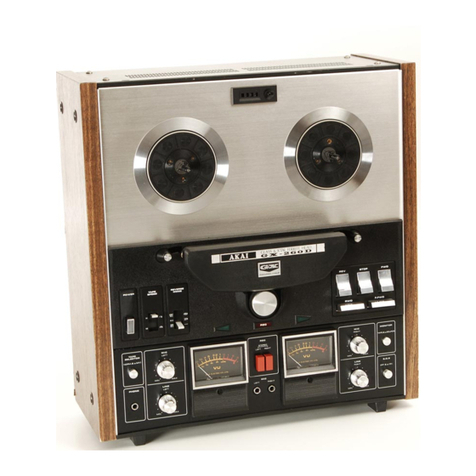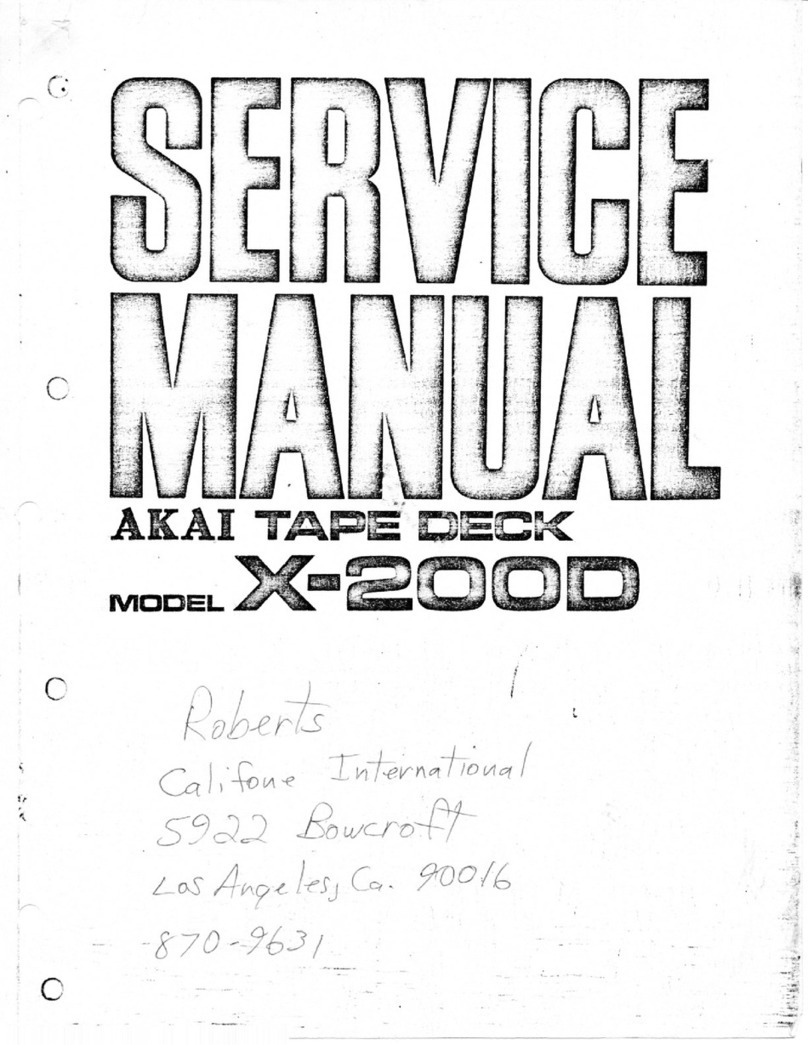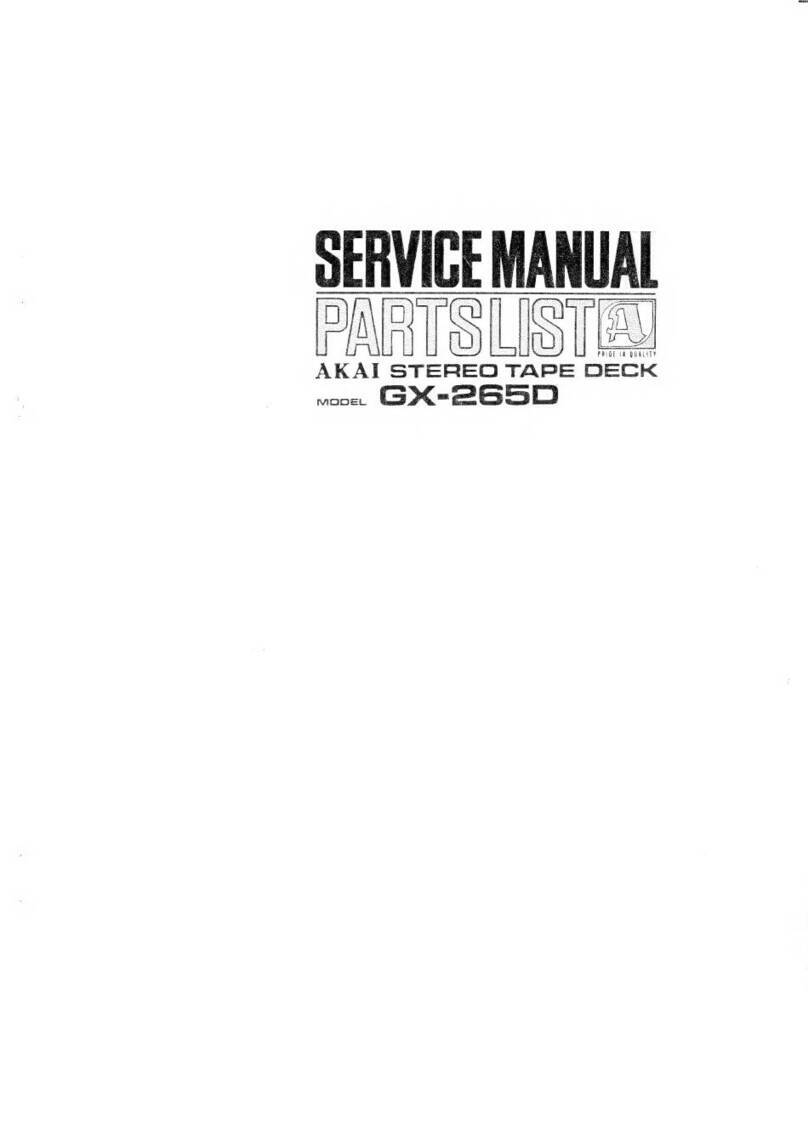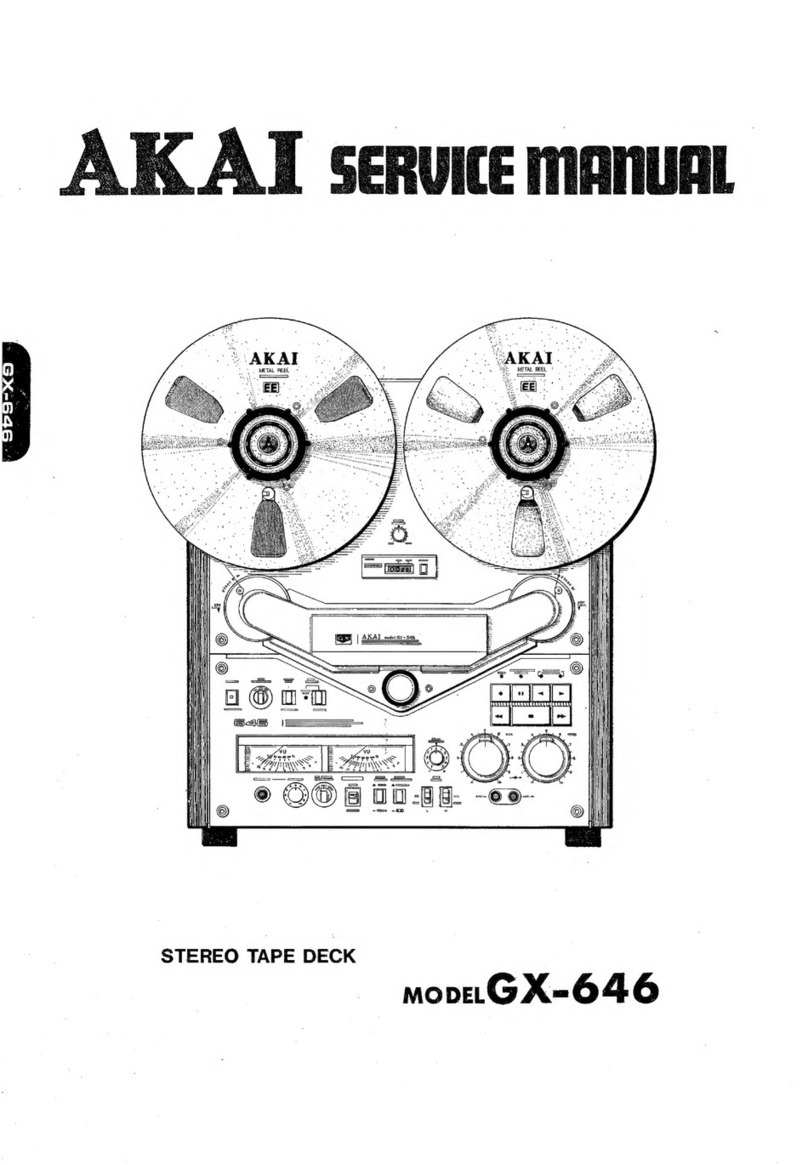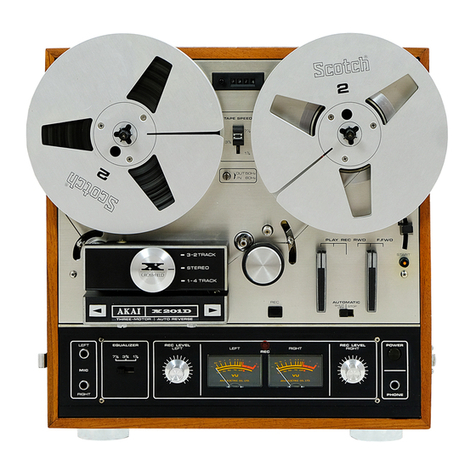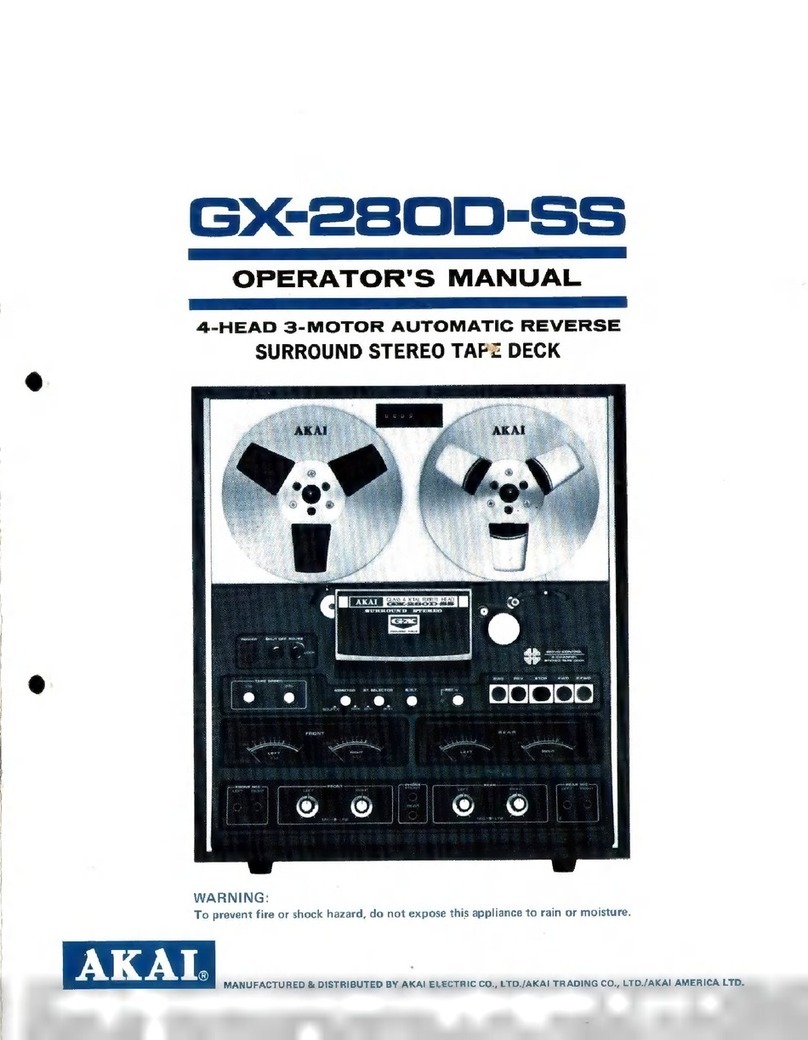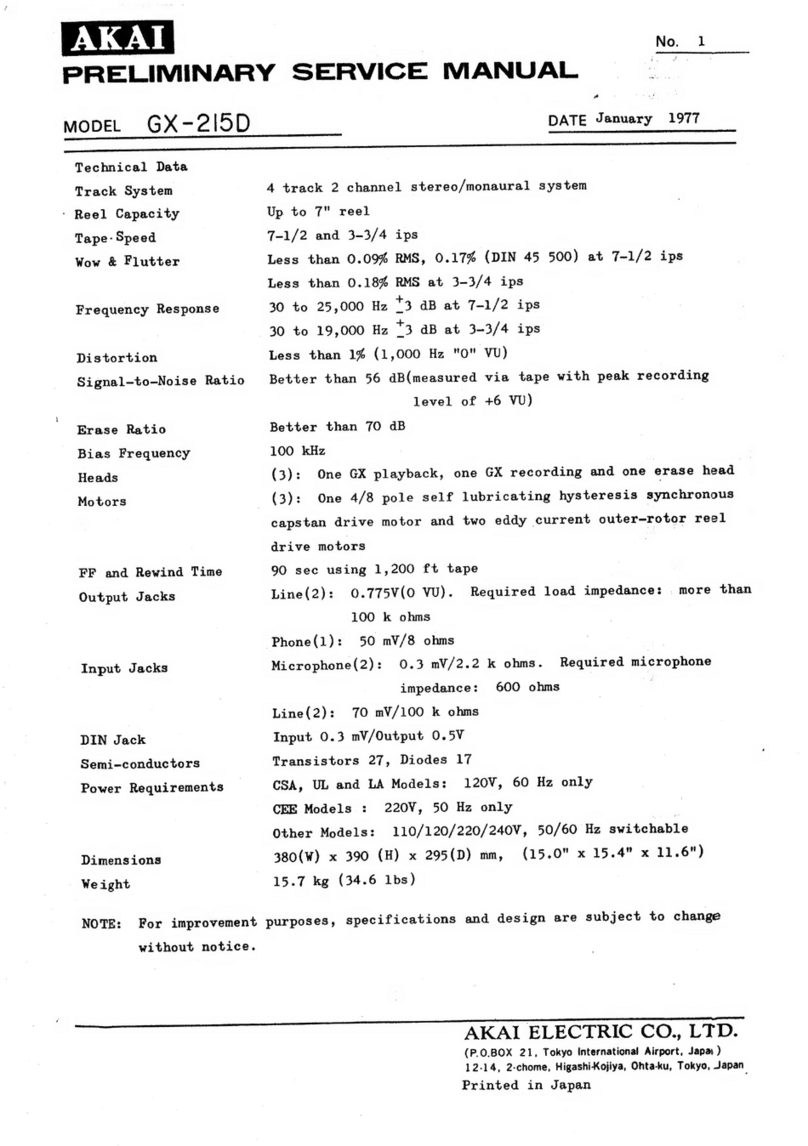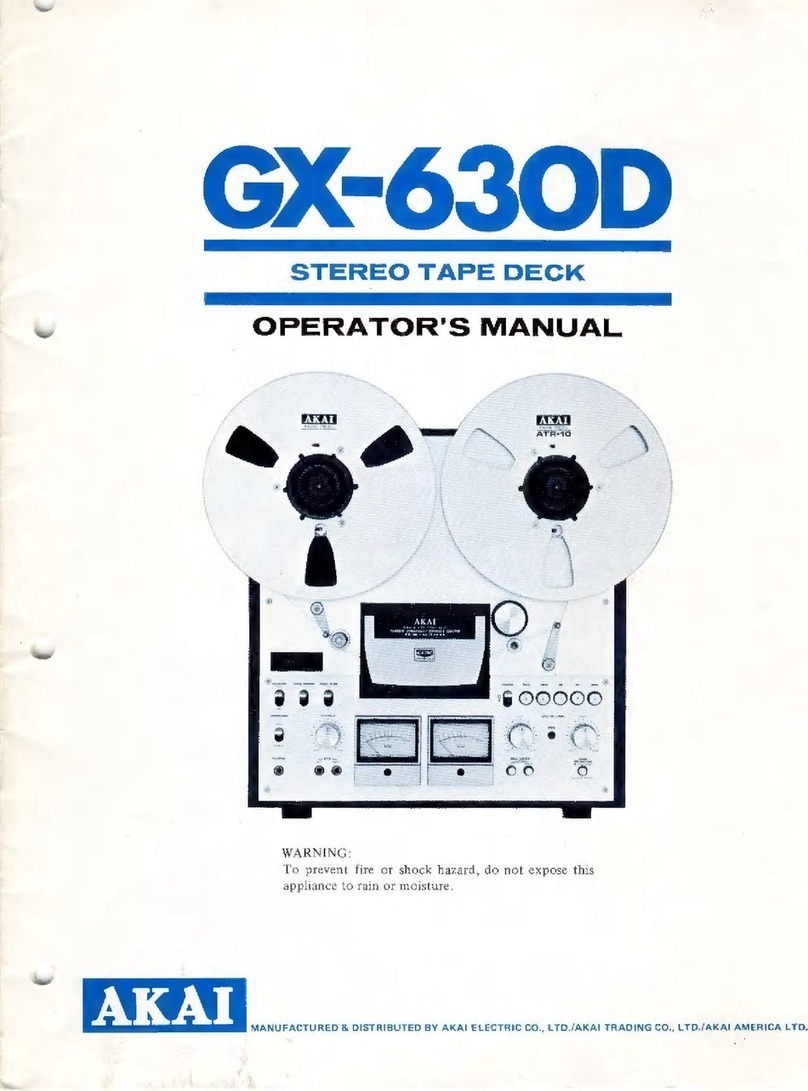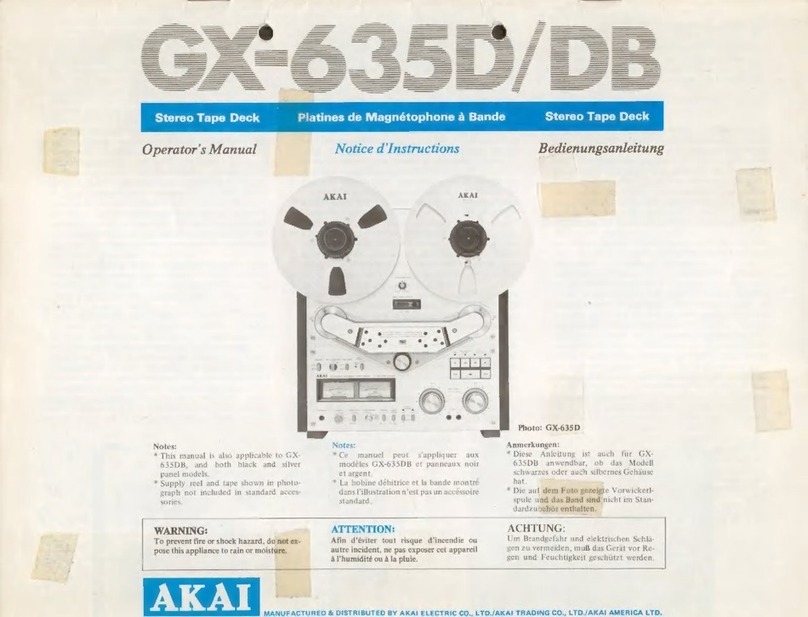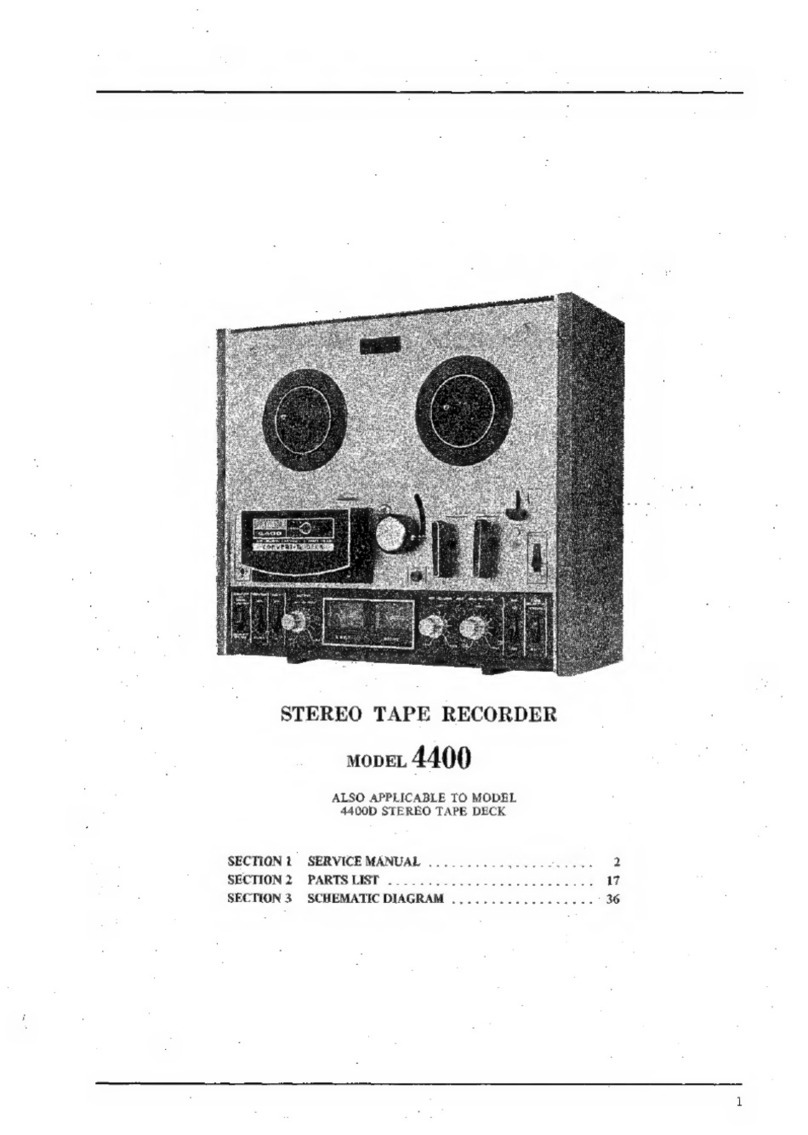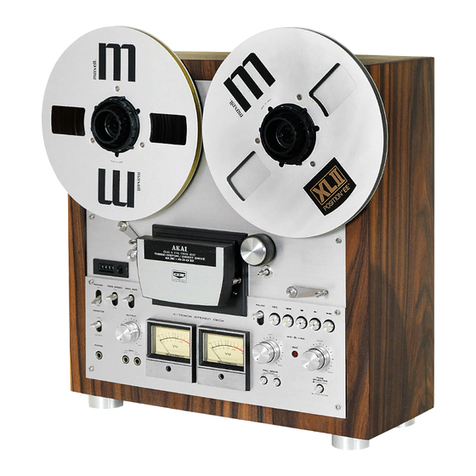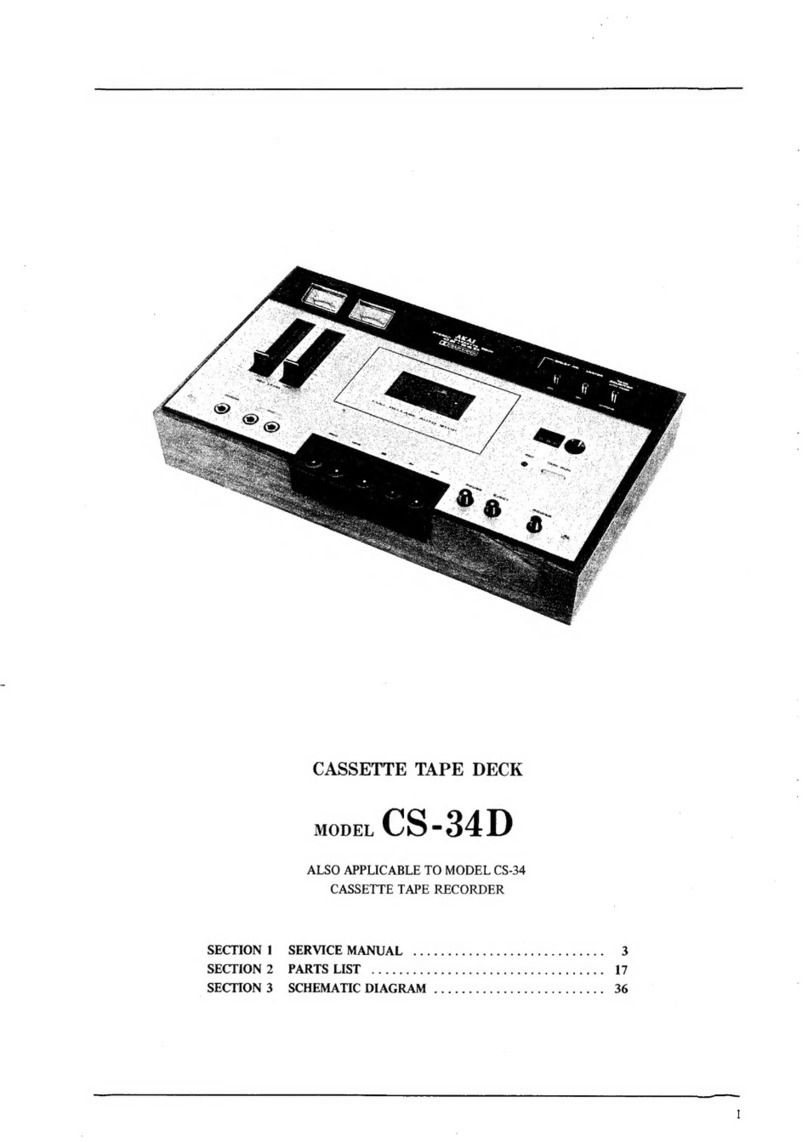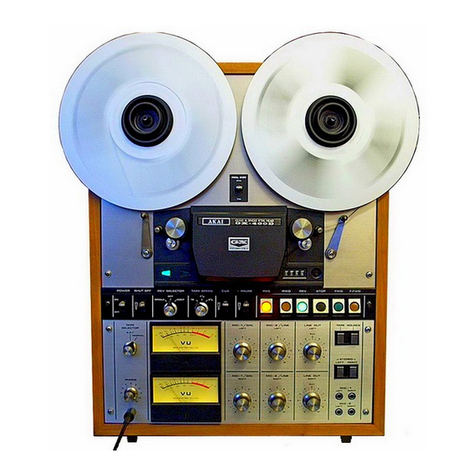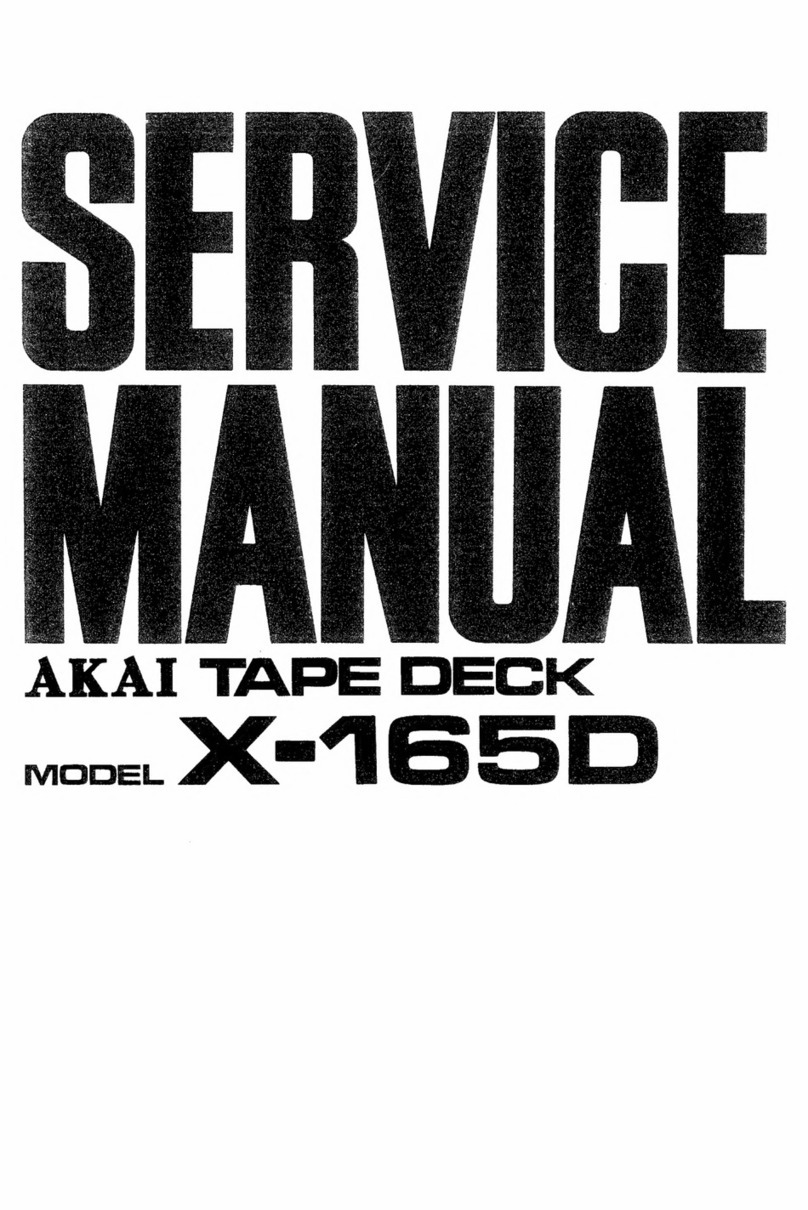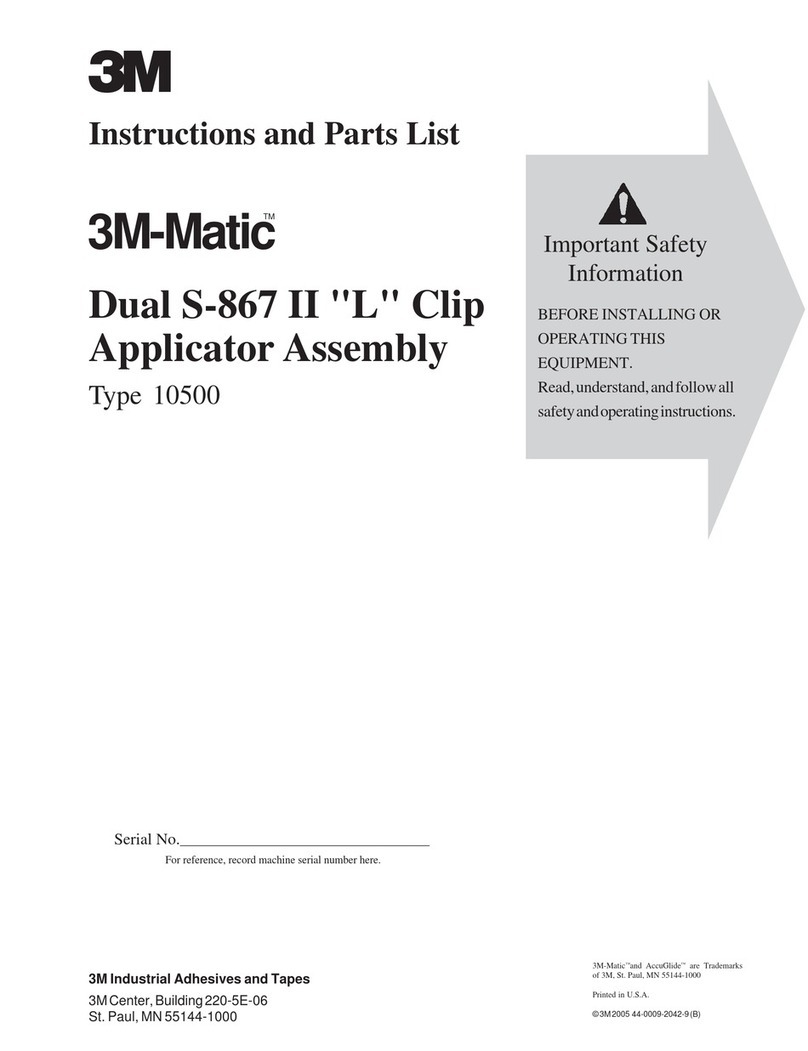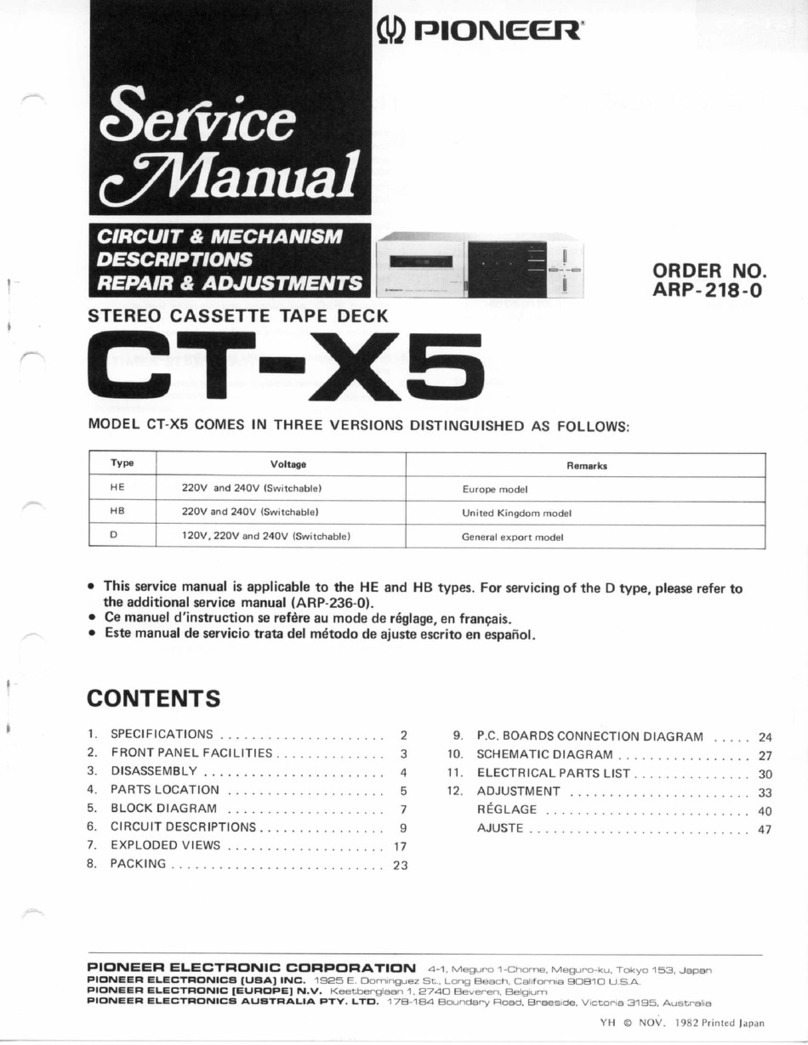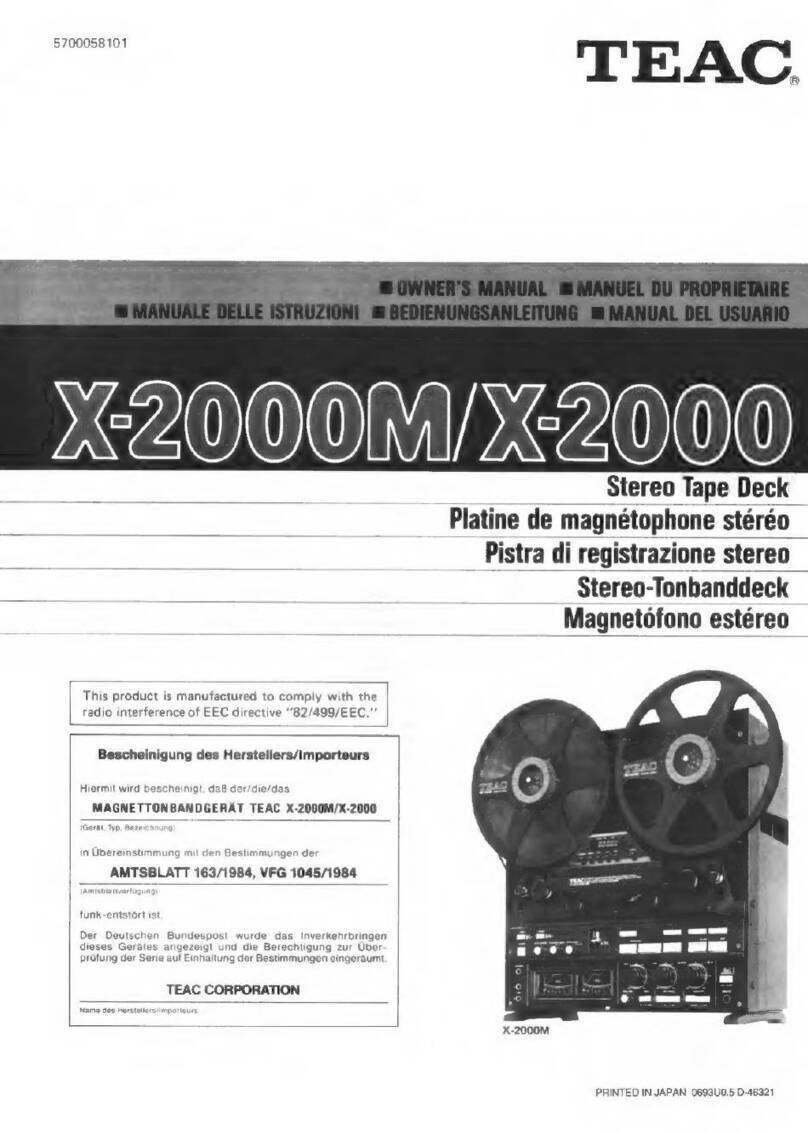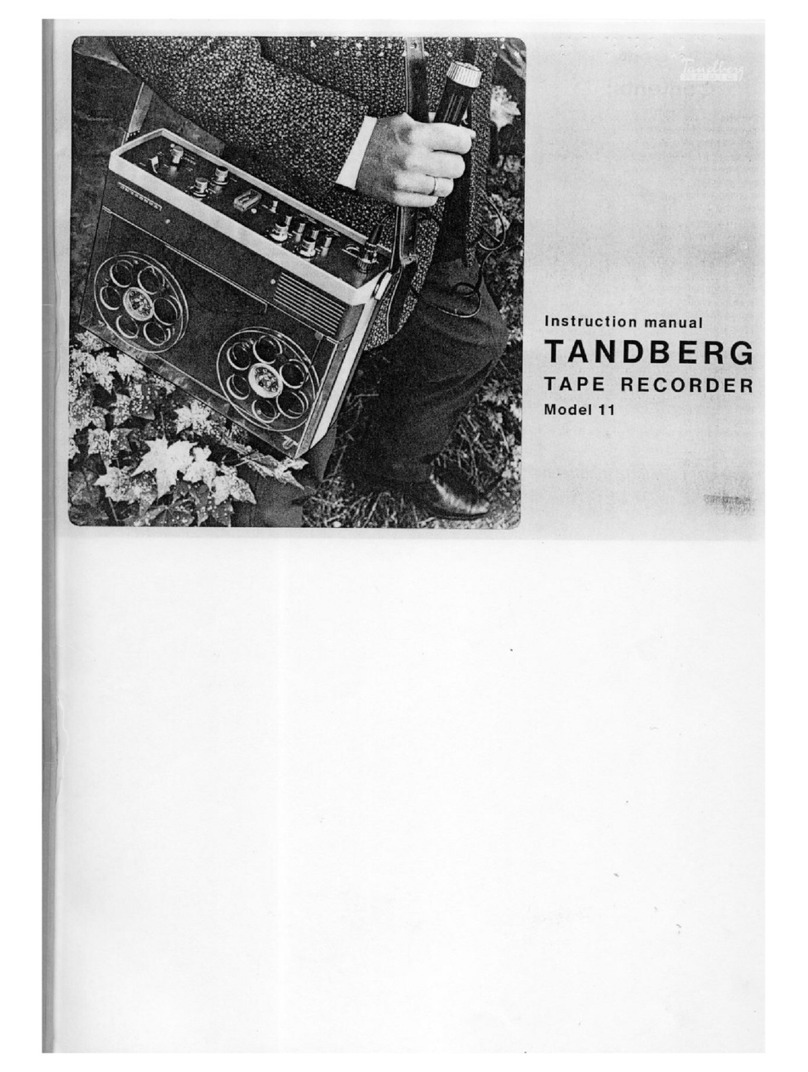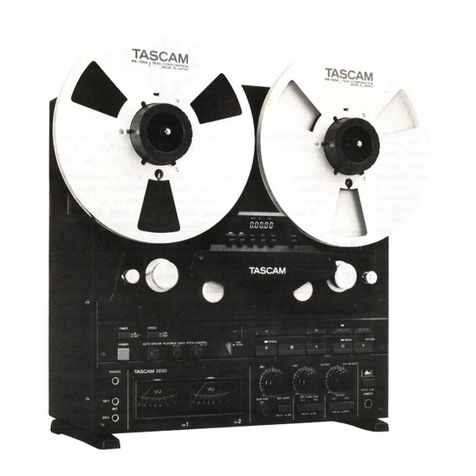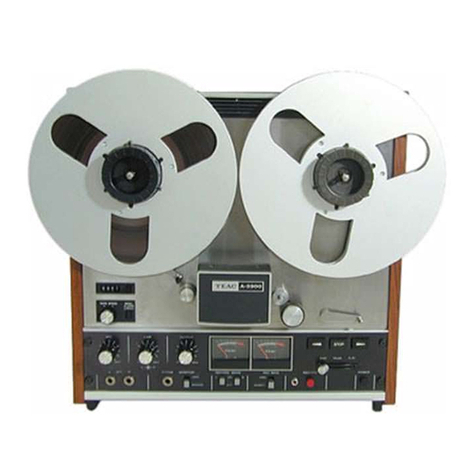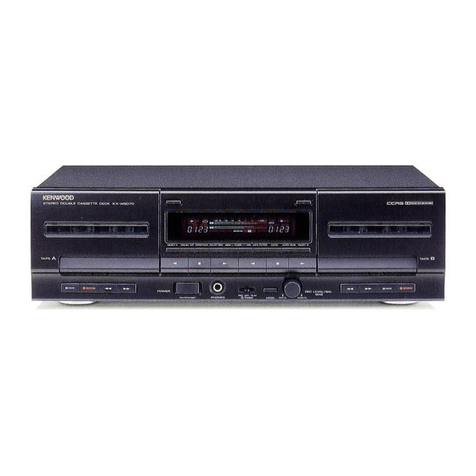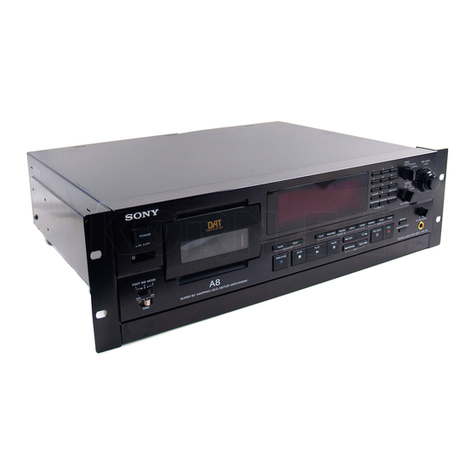
SECTION 1
SERVICE
MANUAL
TABLE OF CONTENTS
I.
SPECIFICATIONS
.........................................................
4
II.
DISMANTLING
OF
UNIT
....................................................
5
III.
CONTROLS
. . . . . . . . . . . . . . . . . . . . . . . . . . . . . . . . . . . . . . . . . . . . . . . . . . . . . . . . . . . . . 6
N.
PRJNCIPALPARTSLOCATION
...............................................
7
V.
VOLTAGE
AND
CYCLE
CONVERSION
. . . . . . . . . . . . . . . . . . . . . . . . . . . . . . . . . . . . . . . . . . 8
1.
VOLTAGE
CONVERSION
. . . . . . . . . . . . . . . . . . . . . . . . . . . . . . . . . . . . . . . . . . . . . . . . . . 8
2.
CYCLE
CONVERSION
. . . . . . . . . . . . . . . . . . . . . . . . . . . . . . . . . . . . . . . . . . . . . . . . . . . . 8
VI.
DESCRIPTION
OF
CIRCUIT
OPERATION
. . . . . . . . . . . . . . . . . . . . . . . . . . . . . . . . . . . . . . . . 9
1.
OUTLINE
............................................................•
9
2.
DETAILS
AND
FEATURES
OF
EE
TAPE
.......................................
9
3.
dbx
NOISE
REDUCTION
SYSTEM
...................................................
11
4. EXPLANATION
OF
EACH
OPERATING
PRINCIPLES
..............................
12
VII.
MECHANISM
ADJUSTMENT
. . . . . . . . . . . . . . . . . . . . . . . . . . . . . . . . . . . . . . . . . . . . . . . . .
28
1.
GUIDE
ROLLER
LOOSE
PLAY
ADJUSTMENT
...................................
28
2.
MICRO
SWITCH
POSITION
ADJUSTMENT
......................................
28
3.
REEL
TABLE
HEIGHT
ADJUSTMENT
.........................................
29
4.
CAPSTAN
SHAFT
LOOSE
PLAY
ADJUSTMENT
..................................
29
5.
BRAKE
BAND
POSITION
ADJUSTMENT
AND
BRAKE
TENSION
ADJUSTMENT
...........
29
6.
PINCH
ROLLER
POSITION
ADJUSTMENT
. . . . . . . . . . . . . . . . . . . . . . . . . . . . . . . . . . . . . .
30
7.
PAUSE
PLUNGER
POSITION
ADJUSTMENT
. . . . . . . . . . . . . . . . . . . . . . . . . . . . . . . . . . . . •
30
8.
PINCH
ROLLER
PRESSURE
ADJUSTMENT
....................................•
30
9.
CUE
MICRO
SWITCH
POSITION
ADJUSTMENT
.......................................•
30
10.
TAPE
SPEED
ADJUSTMENT
................................................
31
VIII.
HEAD
ADJUSTMENT
. . . . . . . . . . . . . . . . . . . . . . . . . . . . . . . . . . . . . . . . . . . . . . . . . . . . . .
32
IX.
ELECTRICAL
ADJUSTMENT
. . . . . . . . . . . . . . . . . . . . . . . . . . . . . . . . . . . . . . . . . . . . . . . . .
34
1.
CLOCK
FREQUENCY
ADJUSTMENT
. . . . . . . . . . . . . . . . . . . . . . . . . . . . . . . . . . . . . . . . . •
34
2.
PHOTO
TRANSISTOR
SENSITIVITY
.........................................•
34
3.
PRE-AMPLIFIER
P.C
BOARD
ADJUSTMENT.
.........................................
35
4,
dbx
NR
P.C
BOARD
ADJUSTMENT
...................................
, . . . . . . . . . . ..
39
X.
DC
RESISTANCE
OF
VARIOUS
COILS
..........................................
41
XI.
CLASSIFICATION
OF
VARIO
USP
.C
BOARDS
. . . . . . . . . . . . . . . . . . . . . . . . . . . . . . . . . . . . .
42
1.
P.C
BOARD
TITLES
AND
IDENTIFICATION
NUMBERS
. . . . . . . . . . . . . . . . . . . . . . . . . . . . .
42
2.
COMPOSITION
OF
V
ARlOUS
P.C
BOARDS
. . . . . . . . . . . . . . . . . . . . . . . . . . . . . . . . . . . . . .
43
For
basic
adjustments, measuring methods, and operating principles,
refer
to GENERAL
TECHNICAL
MANU.AL.
-------------SERVICE
MANUAL
GX-747dbx-------------
3
